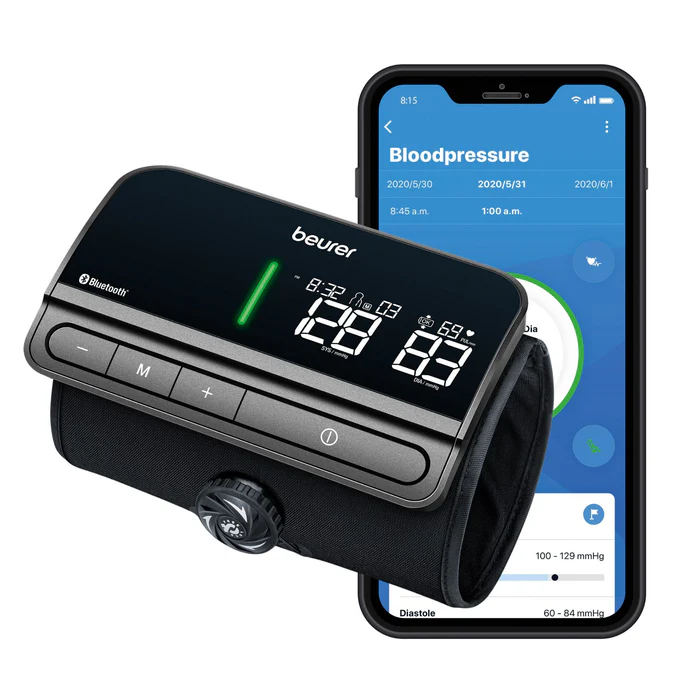
Bluetooth & Wireless One-Piece Blood Pressure Monitor, BM81
Product Features
 Quick and secure fastening with easy lock technology
Quick and secure fastening with easy lock technology
 Get instant alerts for irregular heartbeats
Get instant alerts for irregular heartbeats
 Seamless one-piece design for effortless use
Seamless one-piece design for effortless use



















 Instruction Manual
Instruction Manual

 To Top
To Top